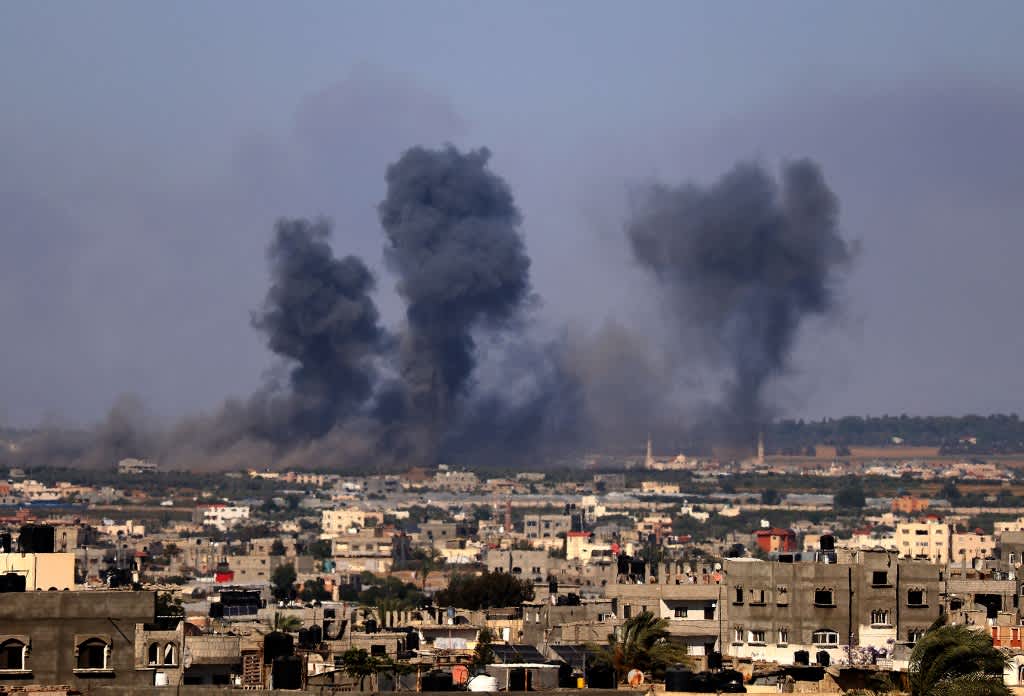The ceasefire agreement, which came into effect at 4 a.m. on Wednesday, mandates the withdrawal of Hezbollah forces from southern Lebanon and the repositioning of Israeli troops to their territory. Lebanese troops and UN peacekeepers were deployed to oversee the truce’s implementation. However, disagreements persist over Israel’s right to respond militarily to ceasefire violations.
U.S. President Joe Biden hailed the ceasefire as “good news,” while Israeli Prime Minister Benjamin Netanyahu warned that Israel would retaliate forcefully against any breaches.
Additional Strikes Across the Region
In addition to the airstrikes in southern Lebanon, Israel targeted three border crossings between Lebanon and Syria just before the ceasefire took effect. These strikes reportedly aimed at transportation hubs allegedly used to move combat materials to Hezbollah. According to Lebanese Transport Minister Ali Hamieh, the attacks resulted in the deaths of four civilians and two soldiers, with 12 others injured, including children and Red Crescent volunteers.

International Reactions
The international community, including the U.S. and France, has been mediating the ceasefire agreement in hopes of achieving lasting peace in the region. However, the volatile situation raises concerns about potential violations leading to renewed hostilities.
Conclusion
The conflict between Israel and Hezbollah remains a significant source of tension in the Middle East. Despite international efforts to broker a lasting ceasefire, recent strikes and ongoing disputes indicate that peace in the region is still far from certain.